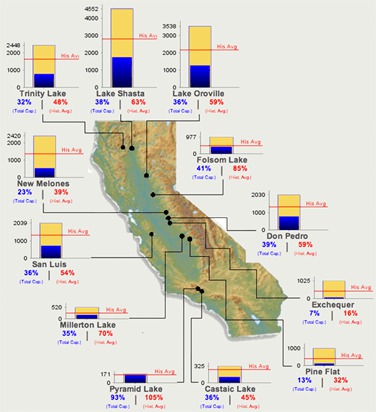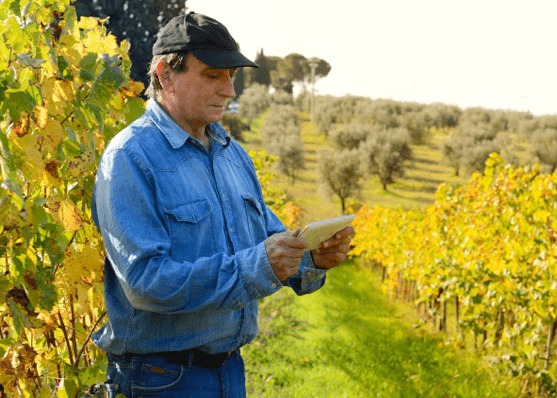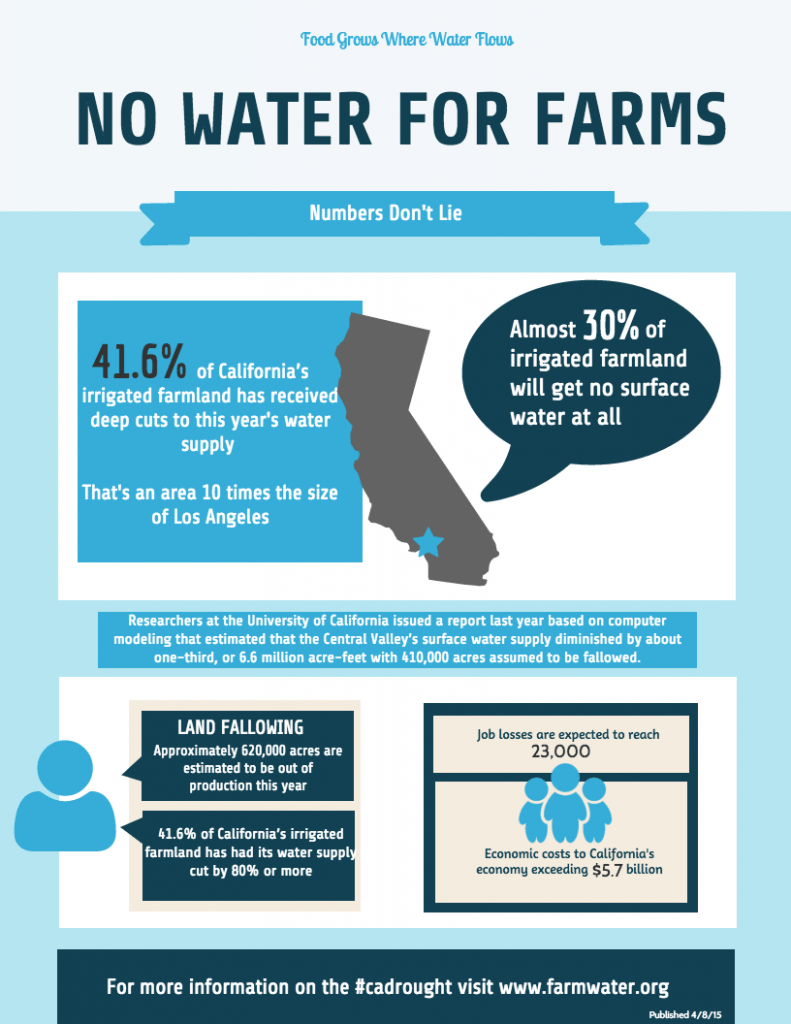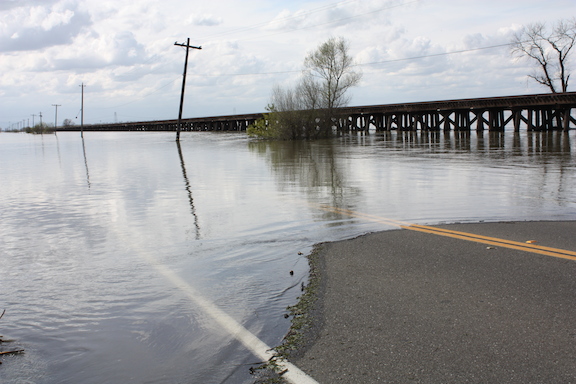One failure is we’re not capturing and storing nearly as much floodwater as we should.
Continue readingAbandoning Established Water Law Does Nothing to Produce or Save One Drop of Water and Puts Our Food Supply at Risk
Abandoning Established Water Law Does Nothing to Produce or Save One Drop of Water and Puts Our Food Supply at Risk
Without Action, Water Shortages Will Lead to Less Food Production and Higher Prices
Are Curtailments a Balanced Water Use?
A Better Solution for Drought Resilience
CDEC Reservoir Levels Map Copy
CDEC Reservoir Levels Map
California relies on water stored during wet years for use during dry years. Water storage, both above and below ground is critical to California. The map below shows how much water is in California’s major above-ground storage. These California’s Daily Reservoir Levels, per Department of Water Resources’ CDEC, is the water currently stored in […]
Poll affirms Americans’ support for farm water
Poll affirms Americans’ support for farm water Americans have confirmed their support for farmers’ use of water to produce food and fiber during times of scarcity in a recent poll by AP-GfK. The drought now affecting California and other Western states has captured the public’s attention, with the majority of those polled (56 percent) noting […]
Over 41 percent of California’s irrigated farmland loses nearly entire surface water supply
Over 41 percent of California’s irrigated farmland will lose 80 percent or more of its normal surface water allocation this year, according to a new survey by the California Farm Water Coalition. The survey of agricultural water suppliers conducted the first week of April shows that 3.1 million acres, or 41.6 percent of California’s irrigated […]
Mismanaging Floods in a Drought – Updated 12-15-2014
Reduced Pumping Now May Protect Future Supplies The Department of Water Resources (DWR) and U.S. Bureau of Reclamation (USBR) in conjunction with the U.S. Fish and Wildlife Service (USFWS) are experimenting with pumping reductions for several days to prevent a “turbidity bridge” from occurring in the central and south Delta. Delta smelt are attracted to […]




